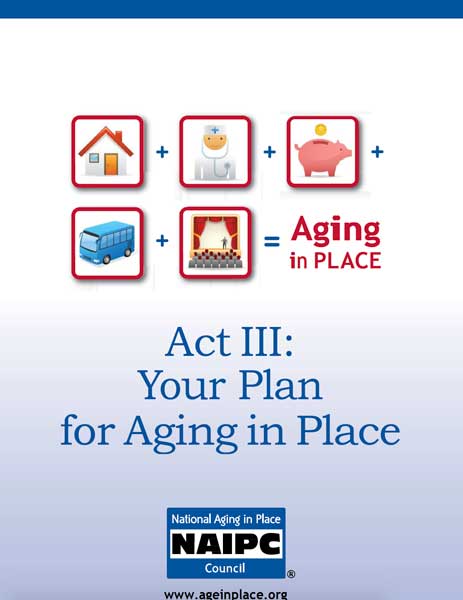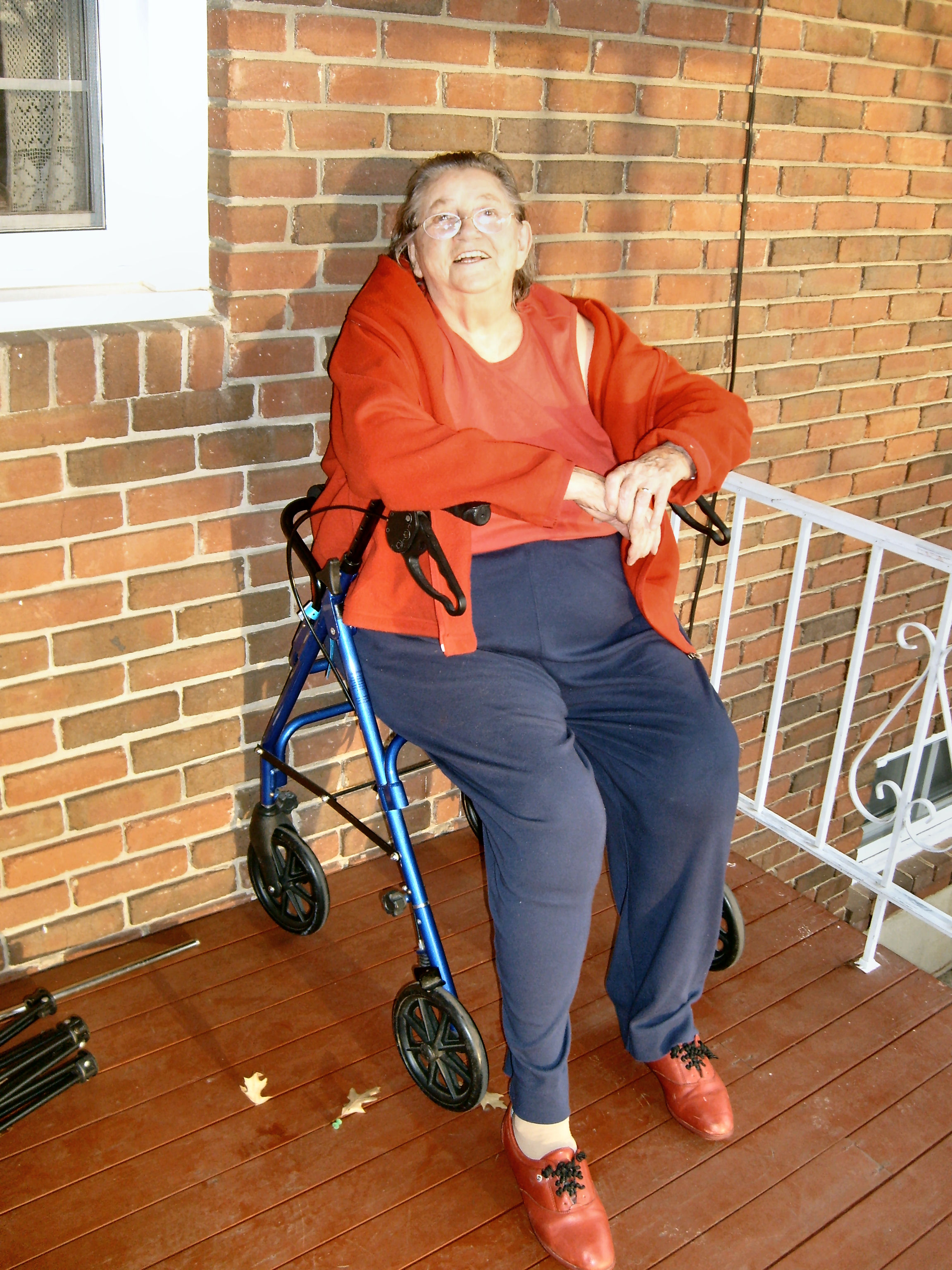As I write this article I am well into my ninth year of writing Housing Matters. During that time I have espoused the benefits of aging in place. I have encouraged my readers to plan ahead. I have laid out the benefits of remaining in your own home throughout the course of your life. I have sounded the clarion call to promote aging in place. I have done all of this because I firmly believe in the benefits of aging in place. I believe that most people are happier and healthier in their own homes. I believe that our neighborhoods, communities, towns, and cities are better places to live when our seasoned citizens are living among us, sharing the benefits of their life experience with the rest of us. I also have seen time and time again that providing the care people need in a home setting is more cost effective. None of this has changed. What has changed is that as time goes on, I am feeling more and more strongly that aging in place as a predominant care model is inevitable. It is just a matter of time.
Why do I say this? In the first place most people prefer to remain in the own homes. After all, that is why they are living there in the first place. Their memories are there and they are comfortable there. Even if their current residence is too large or doesn’t meet their current needs in other ways, most people prefer the independence and autonomy of a private residence to any kind of senior living. I see the need for, and am exploring the potential for building smaller, accessible, one floor living for seniors who prefer a private, accessible, easily maintained home. Regardless of how many amenities a senior living community has, many people will never see it as home.
The second factor I see driving the inevitability of aging in place is cost. The cost of care continues to rise. Those paying for it, whether they are individuals, health plans, or government entitlements, continue to feel the squeeze. Ultimately, we the people are paying for all of it in one form or another. Providing care for seniors in their own homes is more cost effective and often more effective because people are happier and healthier in their own homes.
The third, and perhaps most compelling reason that aging in place is inevitable is capacity. Baby boomers started turning 65 at the rate of 10,000 a day nearly eight years ago. We will continue doing for over ten years more. By the time the dust settles, the number of adults over the age of sixty five in this country will have doubled. There simply won’t be enough capacity in senior living facilities to house this influx of seniors.
So in conclusion, most people want to stay home, it’s more cost effective to stay home, and it is the only place with enough room for the burgeoning population of seniors. Can you see why I say it is inevitable? Does this mean that I will quit championing the cause of aging in place? Does this mean that I will no longer be trying to convince people of the benefits of aging in place? Not on your life. I will keep right on sounding the call. Did you notice that the reasons I believe so strongly in aging in place are very similar to the reasons that I believe its implementation is inevitable? Besides, someone has to make sure that all of these homes are safe and accessible!
in Aging in Place
published 09/03/18


